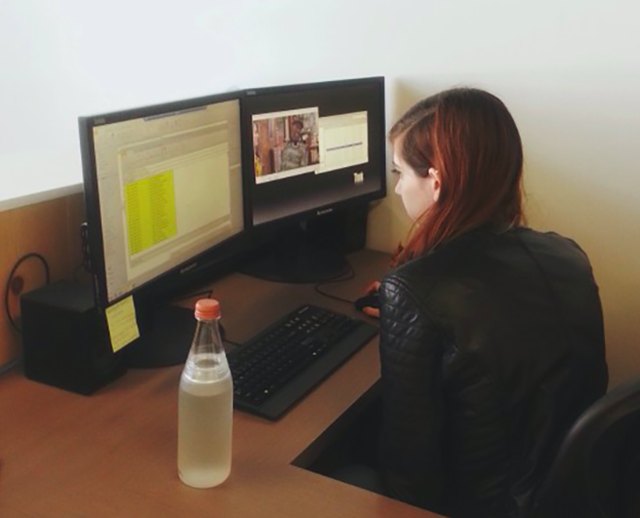Everything You Need to Know to Stay Properly Hydrated
Old recommendations for hydration were drinking eight 8-ounce cups of water a day. These recommendations, however, are old news. “The Institute of Medicine (IOM) recommends a total daily water intake of 3.7 liters (15 cups) for the average adult male and 2.7 liters (11 cups) for the average adult female,” says Jennifer Christman, RDN, a corporate dietitian at Medifast. “However, water needs will vary depending on the individual’s age, gender, geographic location, activity level and temperature. You should utilize the IOM guidelines for fluid intake and make adjustments from there.”
Since there isn’t one magic number for everyone, most individuals can monitor hydration levels simply through thirst. This means drinking water consistently throughout the day, starting immediately upon waking. “The body does not make water, so it must be replenished throughout the day for the body to run efficiently and for general health,” explains Christman. “Fluid losses occur continuously from skin evaporation, breathing, urine and stool.”
Additionally, when thinking about hydration, it’s important to remember that water isn’t the only way to get the necessary fluids. Christman reminds people that hydration can come from other beverages, such as tea and coffee, and from fruits and vegetables. So, depending on what you’re eating throughout the day, you don’t need to rely solely on chugging water to stay hydrated.
Stay Hydrated During Sedentary Activities

Hydration during sedentary activities -- such as sitting at your desk at work with custom essay services or having an outdoor picnic -- is the best way to put the hydration basics to use. In these cases, you aren’t going to be sweating and losing sodium like you would while performing vigorous physical activity, so you don’t need to add much to the basics to stay within healthy levels. The exception is if it’s unusually hot outdoors and you’re losing water and sodium through sweat.
When it comes to the best thing to drink on an average day, water will always be the right choice. “Plain water is cheap and calorie-free, and nothing hydrates the body like plain water,” Christman says. “Sports drinks add extra calories, mostly in the form of added sugar, and the average person doesn’t need a sports drink to stay hydrated.”
As you are going through the day, keeping track of how much fluid you are consuming (like through Livestrong.com’s MyWater app) in is an option, but most people can measure their hydration levels through thirst and urination. A good rule of thumb to remember is that if you’re feeling thirsty, it’s possible you’re already dehydrated. It’s important to not wait until you’re dying of thirst to drink water, but you also shouldn’t let this guideline frighten you into drinking too much water, which can result in hyperhydration and a diluting of your blood.
“Usually, you should be using the bathroom every two to three hours,” says Amanda Turner, RD, who is a dietitian at the University of Colorado Anschutz Health and Wellness Center in Aurora, Colorado. “The color should always be a pale yellow. If it is darker or you are going less frequently, it is a good indication you are dehydrated.”
Another important thing Turner stresses during sedentary activity is that thirst can be mistaken for hunger, causing people to overeat. If you’re drinking water throughout the day, not just when you’re thirsty, it can help eliminate overeating or unnecessary snacking.
What Do YOU Think? Have you ever been dehydrated (or hyperhydrated)? What did you do to correct your hydration issues? What do you do to prevent them? Do you think you measure up to these standards? Let us know in the comments section below!

Comments
Post a Comment